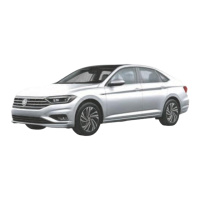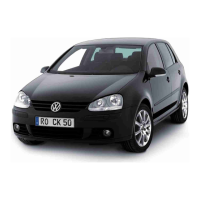The Think Blue. Trainer. analyses and displays
your driving style and helps you to drive more
economically.
If the driver is distracted, this can lead to an
accident and injury. Operating the infotainment
system can distract attention from traffic.
•
Always drive with attention to traffic
and in a responsible manner.
driving. If the border is blue, it means that the
driving style is efficient and constant. If the
driving style is not efficient, the border is
shown in grey.
Tap on the display to display statistics for the
last 30 minutes
since the start of
the
trip.
means that the driving style is efficient and
consistent. If the driving style is not effi- cient,
the border is shown in grey.
Tap on the display to display statistics for the
last 30 minutes
since the start of
the
trip.
Energy saving tips:
Accelerate and brake:
If the speed is constant, the two arcs remain
in the centre area. When the vehicle is
accelerated or braked, the arcs move up or
down.
Indication of development:
The efficiency of driving behaviour is indicated
by blue bars. The white bar memorises a blue
bar approx. every 5 seconds.
Press the function button to
display additional tips.
Open the Think Blue. Trainer.
to be
The larger the bar, the more efficient the
driving style.
Driving tips:
Drive more proactively.
Driving recommendation
Adapt the speed.
Economical driving style
Consumption:
Average fuel consumption is displayed
From the start
in
l/100 km
or
mpg
. If the border is blue
—
Depending on the equipment, press the key or
function button or of the infotainment
system.
—
Press the function buttons
Vehicle
,
and
Information about brakes
During the first 200 to 300 km (100 to 200 mi- llas)
the new brake pads do not provide their maximum
braking power and still have to "settle" → . This
slight reduction in braking power can be
compensated for by pressing the
brake
pedal
harder.
During
brake
pad run-in, the
braking distance in the
event of a
hard braking or emergency braking is
longer
than
after run-in. During run-in, avoid hard
braking and situations in which the brakes are
heavily demanded, e.g. driving too close to another
vehicle.
Brake pad wear depends to a large extent on the
conditions in which the vehicle is used and the
driving style. If the vehicle is used frequently in
urban traffic and for
If the brake pads are used for short journeys or for
sporty driving, a brake pad thickness check should
be carried out regularly by a specialist workshop.
When driving with wet brakes, e.g. after driving
through water, in heavy rain or after washing the
vehicle, the braking performance may be impaired
by wet or even frozen brake discs in winter. Brake
carefully as soon as possible and at a high speed
until the brakes are dry. In doing so, make sure
that you do not endanger vehicles behind you or
other road users → .
If
the brake discs and brake pads are
coated with
salt, the braking performance is impaired and the
braking distance increases. When driving on salt-
sprayed roads without braking for a period of at least
10 minutes, the braking distance increases.

